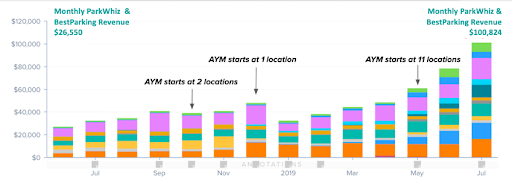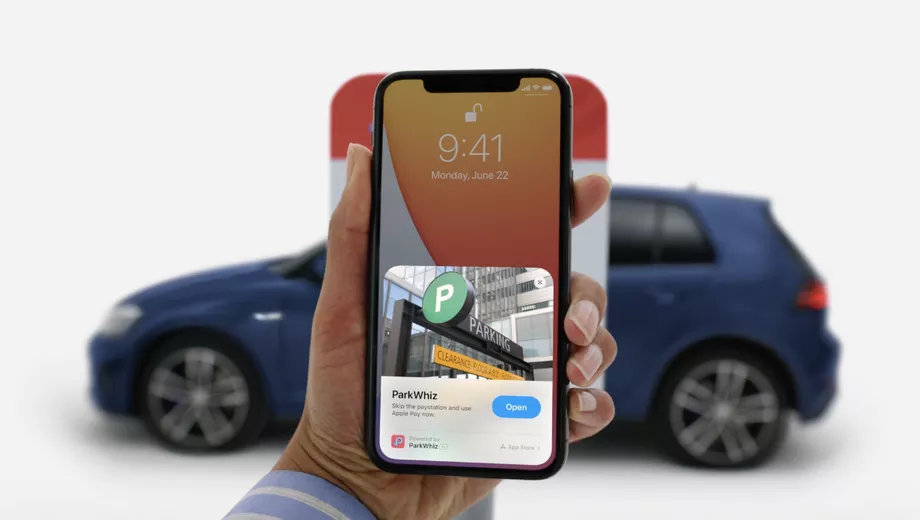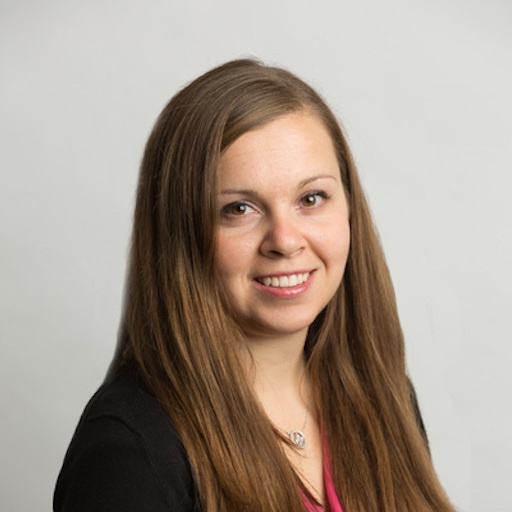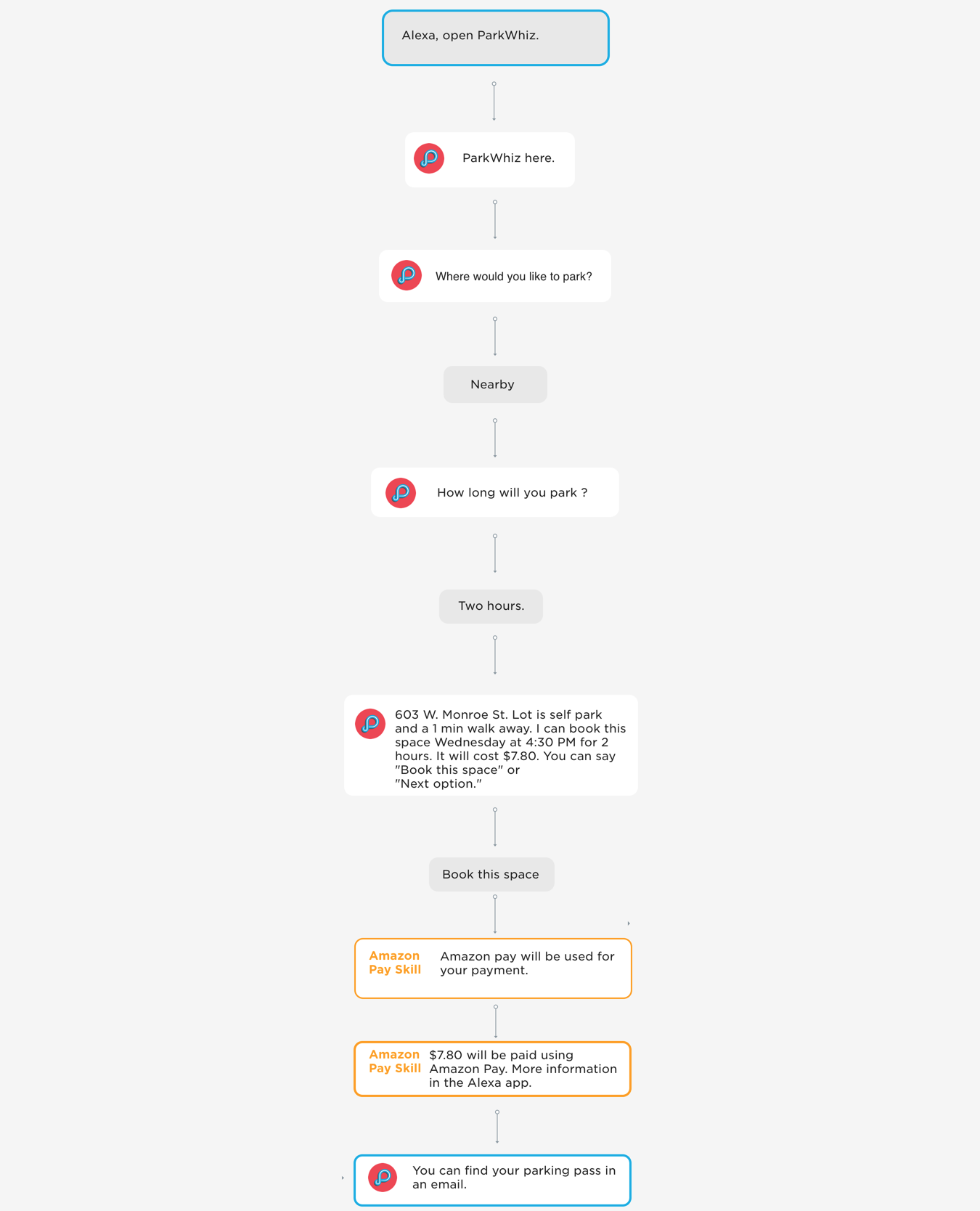Dynamic pricing isn’t just something that occurs in a rideshare vehicle - it’s happening already in parking garages across the U.S. In partnership with Smarking, the industry’s leading business intelligence and yield management technology solution provider, Arrive launched dynamic pricing for lots and garages across the U.S. last year through our ParkWhiz and BestParking apps. With several months under our belt, we can confidently say that dynamic pricing can help increase demand and revenue for operators.
After deploying Smarking’s Automatic Yield Management (AYM) for over a year in 10+ markets, we achieved the following results:
- 163% average revenue uplift across the US when booked through ParkWhiz and BestParking. For locations with high volume, this ranged as high as 400%. Since the machine-learning algorithm learns from transaction data, more transactions equals faster return.
- The increase of annual net income has been up to hundreds of thousands of dollars, raising the asset value by millions.
- Total number of transactions on ParkWhiz and BestParking increased by 137% on average, i.e. 137% more cars parked in the same assets, a huge increase of asset utilization.
- 50% increase of occupancy during low demand times - evenings and weekends for commercial sites.
It created new demand:
- 257% increase of multi-day (1+ days) transactions for urban locations with ParkWhiz or BestParking and AYM. Previously, it was very rare for non-hotel sites to capture these types of transactions.
- 210.5% increase of 4-6 hour transactions across board for urban locations with ParkWhiz and BestParking. Before, most of the transactions were between 1-2 hours or a full day. Now, more new demand has been created and captured.
Early Case Study: Leading operator, VPNE, achieves a 101% revenue uplift through AYM
VPNE piloted Smarking's Automated Yield Management (AYM) platform through ParkWhiz and BestParking at two garages in the Fall-Winter 2018. Early success at these locations (figure 1) prompted the expansion to an additional 11 garages in Spring 2019.
By July 2019, AYM has led to a 101% increase in online revenue on ParkWhiz and BestParking. At a 5% cap rate, AYM’s revenue contribution represents $9.7 million in parking asset value uplift for VPNE’s clients.
Figure 1: Early AYM results at pilot garages - weekly ParkWhiz and BestParking revenue

Left: Garage A in Boston, weekly ParkWhiz and BestParking revenue grew from $1,206 before AYM to $2,134 after AYM. YoY revenue growth went from 131% to 208%. Right: Garage B (right) in Boston saw weekly ParkWhiz and BestParking revenue grow from $965 before AYM to $2,710 after AYM YoY revenue growth went from 133% to 674%
Results compared to other channels
Success is more significant when compared with the long-term revenue trends of other online channels with conventional rate setting. Over the same period, a non-AYM online channel revenue growth averaged 48% across these garages, and transient drive-up’s revenue growth averaged 0.25%.
This indicates that before and after AYM, there is no cannibalization across online channels or between online and drive-up channels. By offering parkers more options and more competitive rates during off-peak hours, and charging premium rates during peak hours, Arrive and AYM has helped VPNE capture incremental yield and deliver a steadier stream of parkers to the garage.
Figure 2: Monthly ParkWhiz and BestParking revenue at garages with AYM

Where dynamic pricing is most successful
Dynamic pricing and AYM is most successful in “headline” garages – garages that have excess parking inventory during off peak hours, are located in urban areas with a diverse mix of parking demand, and have higher-quality historical parking transaction data that feed AYM’s machine-learning algorithm.
For example, at one garage in Cambridge, where AYM is enabled, ParkWhiz and BestParking revenue has more than tripled since the activation and the occupancy pattern of online parkers has become steadier, indicating that AYM was able to capture demand during off-peak hours when the garage had excess capacity.
Figure 3: Garage ‘C’ in Cambridge, AYM enabled online weekly revenue and peak occupancy via ParkWhiz and BestParking

Left: Weekly ParkWhiz and BestParking revenue increased from $241 before AYM to $1,318 after AYM. Right: Daily peak occupancy’s fluctuation decreased after AYM started, showing that AYM has added volume at times when the garage has excess capacity.
Similarly, AYM is able to capitalize on historically slow weeks and capture incremental revenues. At Garage D, AYM performed best during the week of July 4th when transient drive-up and contract parking demand was much lower than usual (Fig. 4). By identifying this trend, AYM automatically adjusted its products and pricing to capture complementary demand, resulting in better utilization of the garage’s empty spaces while generating more revenue.
Figure 4: ‘D’ Garage, AYM enabled ParkWhiz and BestParking revenue versus drive-up weekly revenue

AYM enabled ParkWhiz and BestParking revenue peaked at $3,484 in the week of July 4th when the drive-up demand was at its lowest, indicating that AYM successfully captured complementary parking demand.
Yield management and data-driven operations
In addition to dynamic pricing, VPNE also leveraged business intelligence to share key parking performance metrics and market trends with commercial landlords and key stakeholders. For example, to understand how ride hailing services such as Uber and Lyft have affected parking demand and revenue, VPNE’s Yield Management Analyst visualized long-term parking occupancy and revenue trends across multiple garages.
This effectively elevated the relationship between VPNE and their clients, as projects of this kind can only be carried out at reasonable cost with a market leading business intelligence platform that’s designed, built, and supported for parking professionals.
If you’re interested in learning more about implementing dynamic pricing, contact me at ttucker@arrive.com.











